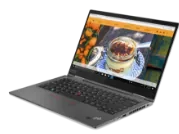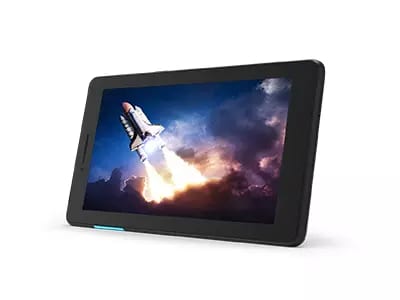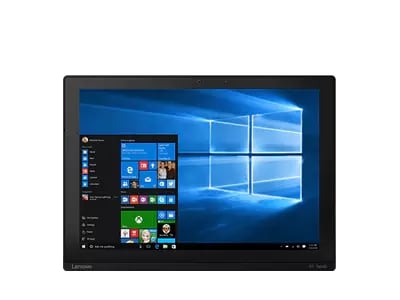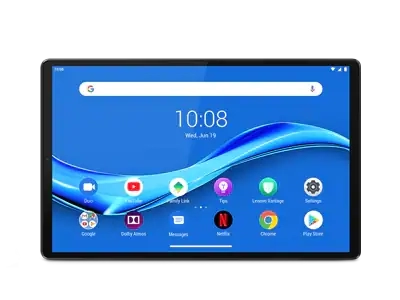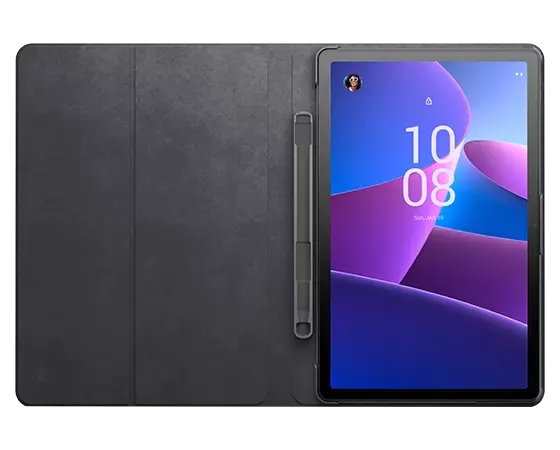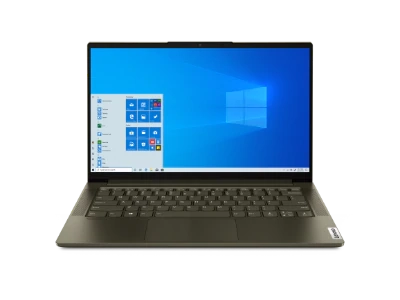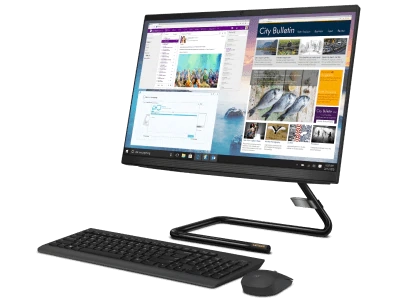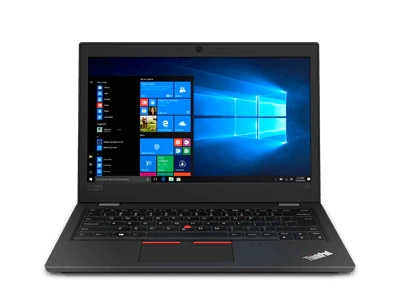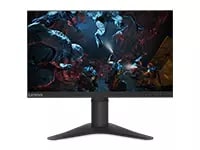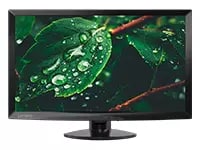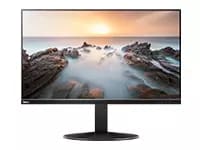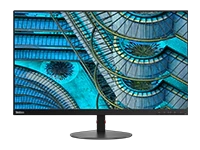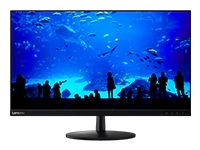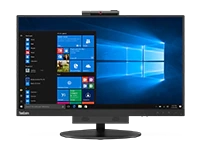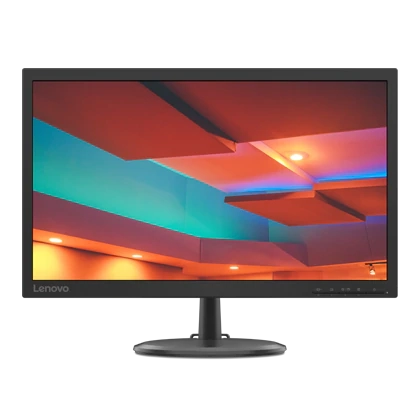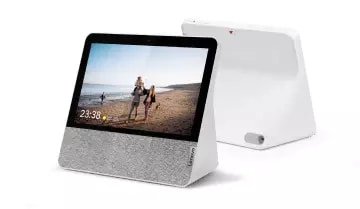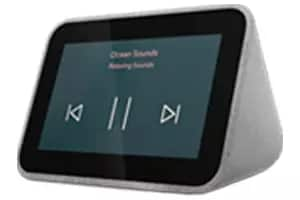What is a smartphone?
A smartphone is a mobile or cellular phone that runs off a mobile operating system (OS) and functions like a mini computer. Smartphones also function as portable media players, digital cameras, video cameras and GPS navigational devices. The operating system equips the device with advanced computing capabilities, runs applications and enables the device to perform the following basic features:
- Access Web pages and browse the Web using 4G and 3G data networks and Wi-Fi support, along with mobile broadband, near field communication and Bluetooth Send emails and sync with multiple email accounts
- View, edit and share documents
- Download files
- Create and play music playlists
- Take photos and record videos
- Play games and watch movies
- Communicate with friends and family through text messages and video chats
Think of smartphones as modernized personal digital assistants (PDAs) with wireless connectivity compact in design with a high-resolution touch screen, multi-touch interface and QWERTY keyboard. Popular operating systems include Google’s open-source platform Android, Microsoft’s Windows Phone, Apple’s iOS, BlackBerry’s OS and Nokia’s Symbian.
Smartphones also are designed with software for built-in basic apps such as a calendar, contact list, maps, clock and weather. A million innovative apps in a wide range of categories are available to download that can keep a user entertained, productive, organized, current on breaking news and socially connected. From finance management and budgeting to making travel arrangements and logging workouts, smartphone apps have become modern-day digital survival tools. Smartphones have evolved to be more than just a cell phone with fancy features, but arguably a portable device that people can’t live without. A smartphone is an individual’s connection to not only friends and family, but with the world around him or her.
Many users shop online and make purchases on a smartphone. Users can operate their smartphone with voice commands, stream live content and use their smartphone to monitor their heart rate or control home electronics. Some users even protect the security of their smartphone with a fingerprint sensor, so the possibilities for smartphones are seemingly endless.
Why do I need a smartphone?
Most people would agree they couldn’t survive one hour of their day without their smartphone, but realistically, a smartphone isn’t a basic essential for living like water, food and sunlight. Your life can still be healthily and happily managed without a smartphone; however, a mobile device can variably and significantly enhance your life (and keep you digitally relevant).
Our digital-dependent society relies on smartphones to communicate and stay connected. Unlike a feature phone, a smartphone keeps users connected through messaging services, email, video calls and social networking apps, in addition to standard text messaging and phone calls. A smartphone functions as a handheld mobile computer for accessing and browsing the Web. Stay up-to-date on breaking news and shop online, for example, right from your smartphone -- anywhere,anytime.
A mobile operating system (OS) supports the smartphone and provides the device with advanced computing capacities. A smartphone is more than just a cell phone; it’s a media player, gaming console, camera, video recorder, document editor and GPS navigational device. It’s your handy tech tool for navigating your day and managing your life, especially with the millions of apps available to download. Here’s just a glance at what you can do with a single tap and swipe on a smartphone’s touch screen:
- Budget, pay bills and monitor finances
- Run a business
- Watch TV shows and movies
- Track health habits and log workouts
- Follow current events and sports teams
- Stay organized and productive
- Plan trips
You certainly don’t need a smartphone, but once you introduce this piece of technology into your life, you’ll wonder how you ever survived without one.
What is the difference between a feature phone and a smartphone?
A feature phone is mobile phone that offers more functionality than standard text messaging, phone calling and voicemail, but less functionality than a smartphone. Feature phones have been dubbed as “dumb phones,” which are feature phones that aren’t equipped with a touch screen, high-speed data networks or Wi-Fi, or a mobile operation system (OS). Also known as lower-priced, low-end to mid-range mobile phones, many feature phones can still access the Web and store music to play, for example.A smartphone is a mobile phone supported by a mobile OS with advanced computing features. A smartphone is designed to have a high-resolution touch screen and sophisticated user interface. With a single touch or swipe on the touch screen, you can access the Web, display Web pages, email, watch movies, play music, take photos, record video, video message, edit documents and stay socially connected. Smartphones are more than just fancy cell phones. These devices function as media players, cameras, GPSs, gaming consoles and modernized personal digital assistants (PDAs) for organizing and managing every aspect of your life.
You can also enhance the capabilities of a smartphone with apps. Smartphones typically come equipped with built-in apps, including an address book, calendar and weather. Millions of apps are also available to download that can keep you updated on current events, help you manage a business, monitor finances and plan a vacation.
What are the main features of a smartphone?
Along with basic features such as text messaging, email and GPS navigation, the smartphone is a mobile device that operates as a handheld mobile computer because of its advanced main features and capabilities. The smartphone’s first distinguishing feature from other mobile phones is its mobile operating system (OS), such as Google’s Android and Apple’s iOS. Along with the OS, a smartphone typically has high-speed Internet access and a built-in browser for displaying Web pages. On a smartphone, the Web is accessed by 4G or 3G data networks, Wi-Fi support, mobile broadband, NFC or Bluetooth.
A smartphone also functions as a portable digital media player for making and playing music playlists and uploading photos and videos on a single interface. Use a smartphone as your camera, video recorder and voice recorder for taking photos, videos and audible notes with a single touch or swipe of the touch screen. You can send these to friends and family and share on social networking sites.
Smartphones can be customized by users by downloading apps, which are one of the most fun and best features of using a smartphone. From staying up-to-date on breaking news and tracking finances to playing games and managing a business, applications can enable your smartphone’s functionality to do seemingly anything. Get up-to-the-minute sports scores for your favorite teams, follow your favorite blogs and stay organized and productive. Millions of apps are available to download for simplifying and enhancing your everyday life.






